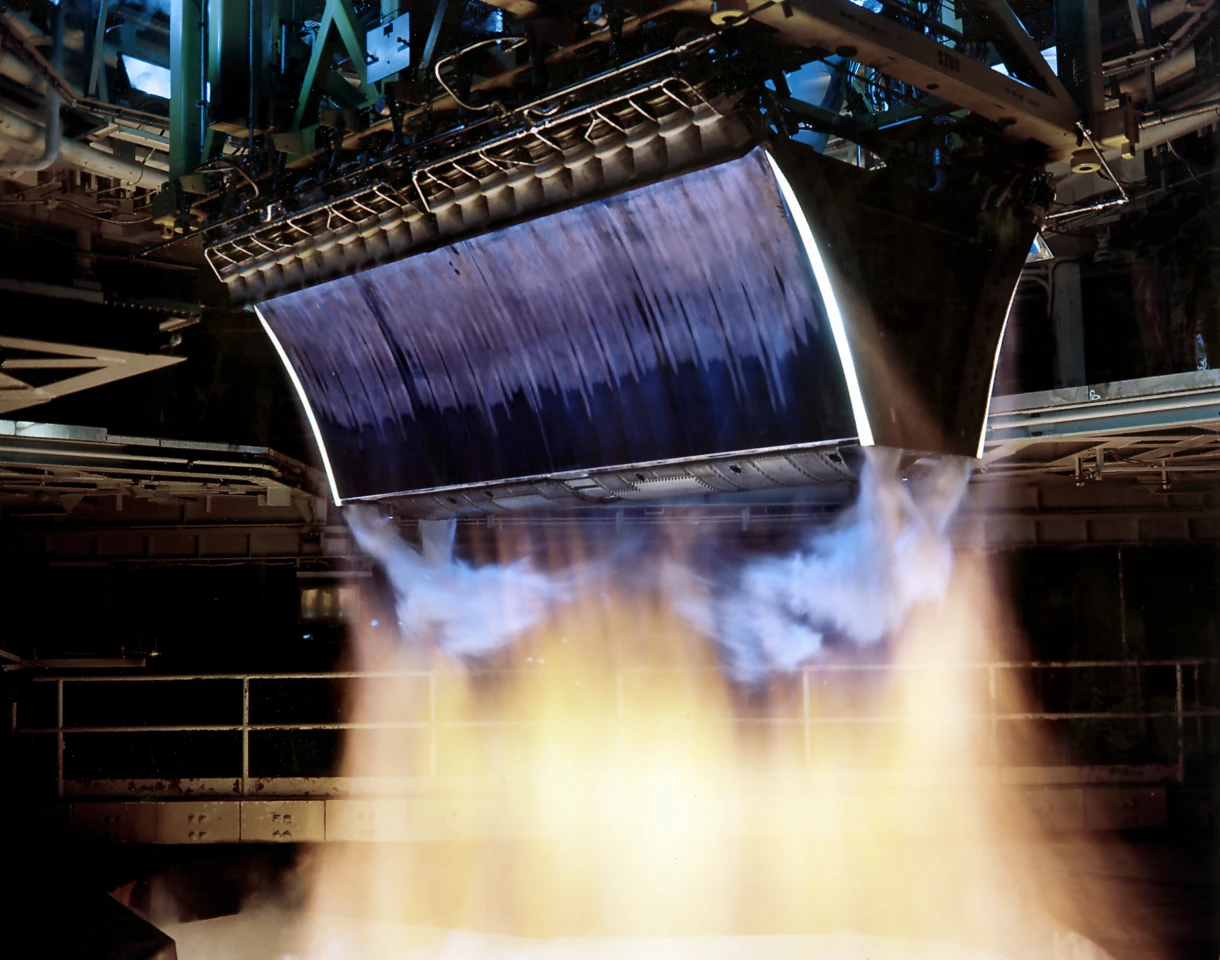Aerospace startup Polaris Raumflugzeuge has been awarded a contract by the German government's Bundesamt für Ausrüstung, Informationstechnik und Nutzung der Bundeswehr (BAAINBw) (Federal Office of Bundeswehr Equipment, Information Technology and In-Service Support) to develop and fly a revolutionary Linear AeroSpike (LAS) engine that replaces the conventional rocket nozzle with a curving wall-shaped plug.
Conventional rockets can be easily spotted by their bell-shaped nozzles that accelerate the hot gases shooting out of the combustion chamber. It's a remarkably successful design that has changed little over a century, but it still leaves a lot to be desired – especially because chemical rockets already operate close to their theoretical limit.
As an alternative, engineers have been looking at LASs since the 1950s. Developed from old plug-nozzle engines, the idea behind the aerospike engine is that it takes the conventional rocket bell nozzle and cuts away one side of it.

A rocket bell nozzle works by speeding up the propellant gases by controlling their expansion. It does this by the geometry of the bell, which is designed for a particular ambient air pressure. This causes a problem because air pressure changes with altitude, which means that a rocket designed for sea level loses its efficiency as it ascends.
This is one reason for multi-stage rockets. At higher altitudes, the booster needs a different rocket engine. Even if it's the same engine as used for liftoff, the upper stage engine needs a different bell configuration to handle the difference in pressure.
The aerospike gets around this by one side of the spike having the same cross section as a bell nozzle and the other is open, while at the top is a series of combustion chambers. As the hot gases leave the chambers, the spike contains one side, while the air pressure on the other side takes the place of the missing bell cross section.

If properly configured, the spike will be optimally set to work at sea level. As it goes up and the air pressure drops, the virtual bell will expand, maintaining the efficiency of the engine. This gives engineers the opportunity to build an engine as efficient as a conventional one that will work from the ground to space and is simpler, smaller, and lighter. This means more space and weight freed up for more fuel and the ability to lift larger payloads. It also means craft that have greater altitude ceilings, range, and Mach plus speeds.
The problem is it's one thing to deal with an aerospike engine in theory and another to build one in practice. The biggest hurdle is that they produce tremendous amounts of heat that requires new materials and cooling systems to cope with and the 3D printing technology to manufacture them.
However, that didn't stop NASA from pursuing a version for its Space Shuttle successor, X-33/VentureStar, and testing a cold-flow-demonstrator on the back of a SR-71 Blackbird.
Under the new contract, Polaris is tasked with developing and flying an LAS engine that can be integrated into a scaled demonstrator spaceplane that is larger and heavier than the three previous vehicles built by the company. If successful, it will mark the first time that an aerospike engine has been fired in flight.
Source: Polaris








